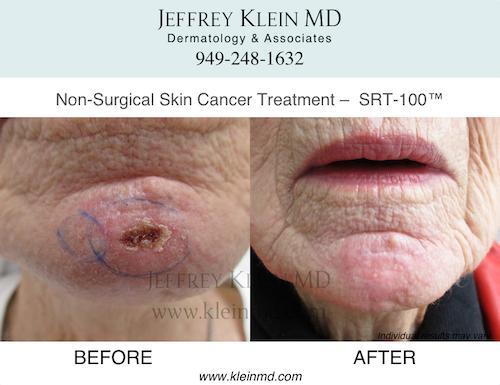
Basal Cell Carcinoma Treatment Options

The most common form of skin cancer is called basal cell carcinoma, carcinoma being the medical term for cancer. In the US, there are over 2.5 million new diagnoses of basal cell cancer every year.
Sun exposure is the number one cause of basal cell cancer, especially prolonged sun exposure over time. Basal cell cancer occurs as a lesion on the skin and usually looks like an open sore, a red patch, a pink growth, or a shiny bump or scar. Basal cell cancer doesn’t tend to spread like other cancers, and it’s not life threatening, but getting treatment fast is the best way to prevent permanent scarring.
34583488 - skin cancer. basal-cell carcinoma or basal cell cancer (bcc). schematic representation of skin. melanocytes are also present and serve as the source cell for melanoma. the separation between epidermis and dermis occurs at the basement membrane zone.

Basal Cell Carcinoma Treatment
There are a few types of surgical treatment for basal cell cancer, including Mohs micrographic surgery, electro surgery, and laser surgery, to name a few. But surgery is a scary word, and for a long time, these were the only options available to basal cell cancer patients.
Basal cell cancer patients now have a non-surgical skin cancer treatment option, called Superficial Radiation Therapy, or SRT for short. The SRT-100TM by Sensus Healthcare is used to target and destroy basal cell cancer with a low dose of SRT. Since no incisions need to be made, and no anesthesia needs to be administered, SRT is completely painless. Not to mention, there’s no risk of infection or scarring with this non-surgical treatment. View some of our SRT-100 before & after photos and testimonials.
SRT is as effective as surgical treatment options and can be done in a regular doctor’s office visit, without any lifestyle interruptions.
If you’ve been diagnosed with basal cell carcinoma, ask us about a SRT treatment plan.
You Might Also Enjoy...


Are My Lips Too Thin for Natural-Looking Fillers?

Can Botox® Make My Skin Glow?

PRF Therapy: 3 Ways It's Different from PRP

How to Get Rid of Spider Veins in Your Face


